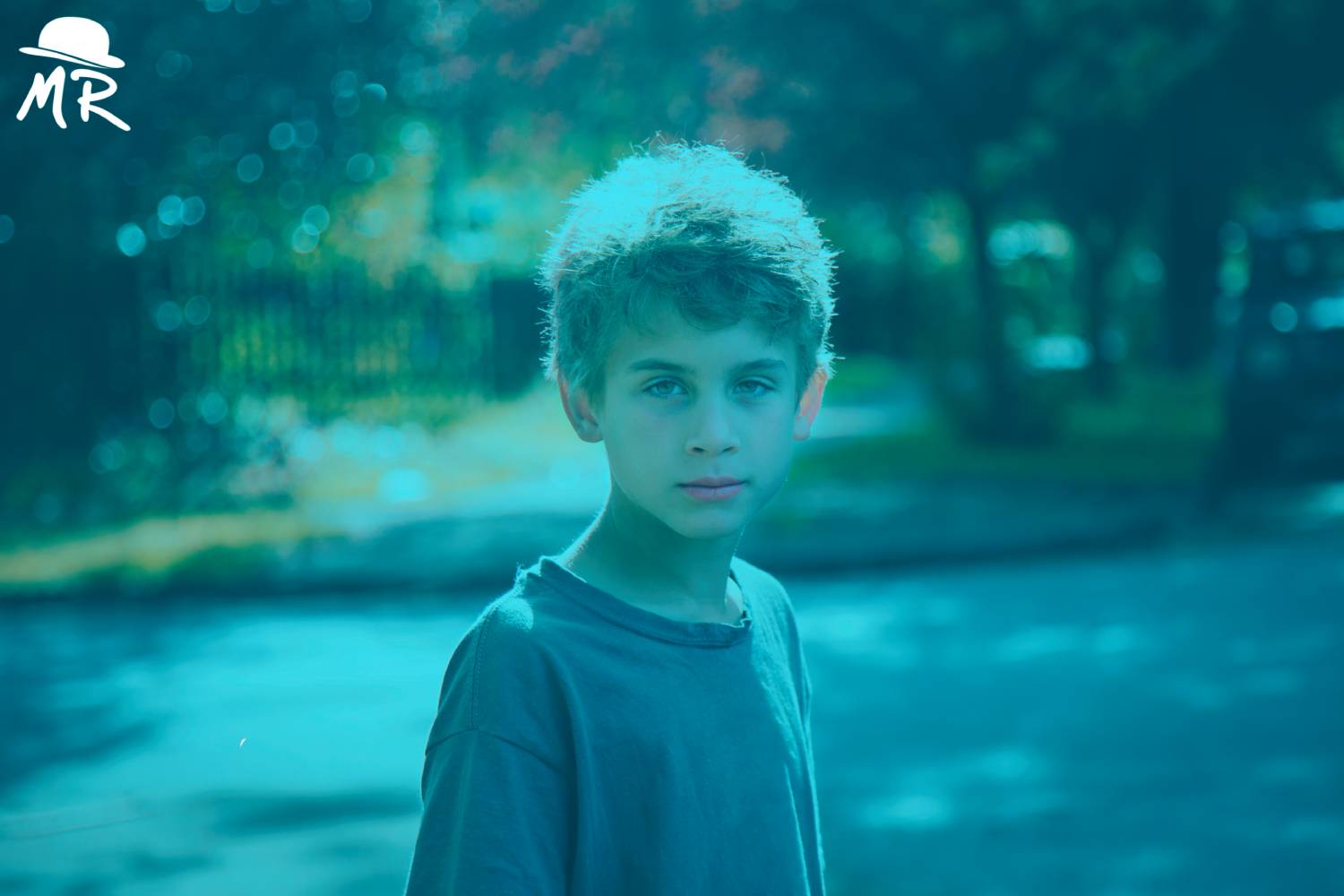
Children may be spotted on the streets of any city. They have become a part of the crowd. We frequently fail to notice them. They appear to be imperceptible. Unaccompanied kids in public locations are “normal.” They may be sleeping on the streets, in shelters, or their temporary houses, alone or with their families. The fact that they all spend the majority of their time on the streets binds them together. For these youngsters, growing up on the streets has given them a completely new perspective on what it means to be a child.
Children who are escaping abuse, violence, and poverty use vast railway networks to reach cities, where they hope to find a better life. Thousands of youngsters arrive at massive, chaotic train stations, disoriented, alone, and terrified, with no idea where to go or what to do. After having their ambitions dashed, they wind themselves living on the platforms.
The Impact Of Homelessness On Children
Homelessness is those who do not live in Census houses but rather stay on pavements, roadsides, railway platforms, staircases, temples, streets, pipes, or other open spaces. Homelessness is a direct outcome of families relocating from rural to urban areas and urbanization. Migration to cities can occur for a variety of causes, including land loss, the necessity for long-term work, a shortage of clean water and other resources, and the loss of all property and full displacement. When they arrive in cities, the homeless seek to build shelters out of tin, cardboard, wood, and plastic. Slums can provide an escape, but many people cannot afford to live in them. Individuals who are homeless may face abuse, mistreatment, and a lack of access to schools and healthcare. The homeless population contains a high proportion of mentally sick people and homeless kids.
Homeless children can be broadly categorized into four sections: At-risk children who live with family but work on the streets for a living, children who primarily live on the street but have some contact with family, children who spent all of their life on the street, and never had contact with their family and left abandoned as small kids who have to live up their own. Children leave poverty, abuse, tyranny, and exploitation in their families and end up on the streets.
Children on the streets have higher physical and mental health problems than non-street children. Assuming that children will demand bribes, hospitals withhold services, raise charges, or refuse them adequate care. Challenges like these lead street children to become sad or antisocial, with unfavorable outlooks on life. Homeless children are subjected to a variety of sorts of maltreatment. The majority are subjected to verbal and psychological abuse, while some are subjected to general maltreatment and neglect, fewer are subjected to health abuse, and a small proportion is subjected to physical (including sexual) abuse. Abuse is frequently perpetrated by police or deceptive employers and vocations. Furthermore, studies show that boys are abused more than girls on the streets. Finally, youngsters with a hierarchy on the streets might be the source of maltreatment. Members of a group work together to defend one another to live. However, elder family members frequently mistreat younger children.
Challenges That Homeless Faces
One issue that the homeless encounter is a lack of access to shelters. Although homeless shelters are provided in certain areas, many homeless persons opt not to use them and instead live on the streets for a variety of reasons. One reason is that homeless people with mobility impairments cannot reach them and are unfamiliar with how shelters work.
Shelters frequently lack the cash and resources needed to make them more appealing to the homeless population. They also charge a small fee per night, making them inaccessible to many homeless people. The homeless may perceive shelters as overcrowded, filthy environments where drug consumers and thieves may seek sanctuary. Shelters sometimes do not allow people to bring personal belongings with them, which is another factor that discourages homeless people from using them. Furthermore, shelter administrators, managers, and caregivers are not financially rewarded for keeping the shelters clean and pleasant. Temporary shelters are also at risk of being demolished, which forces the homeless to relocate.
Another issue that the homeless suffer is exposure to harsh weather in the summer and winter. According to one research, seven homeless people died per day between January 2005 and December 2009. Their deaths were not reported to the authorities, and they were not given a funeral. Homeless persons also have poor health and have limited access to medical care. Some of the reasons are a lack of adequate identity documents necessary by medical institutions, the expense, and the proclivity of health care professionals to reject them outright.
Hope For Homeless Children
Homeless children are often neglected by a large part of our society. However, if they are given proper care and guidance, they can also expect to have a prosperous future. The orphanage project – Cocoon in Cannan initiated by the Mayur Ramgir foundation aims to provide shelter, care, and love to homeless children. This project wants to provide children with adequate physical and mental health, necessary nutrition, quality education, and multiple growth opportunities.

